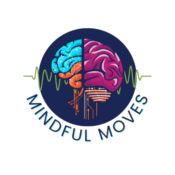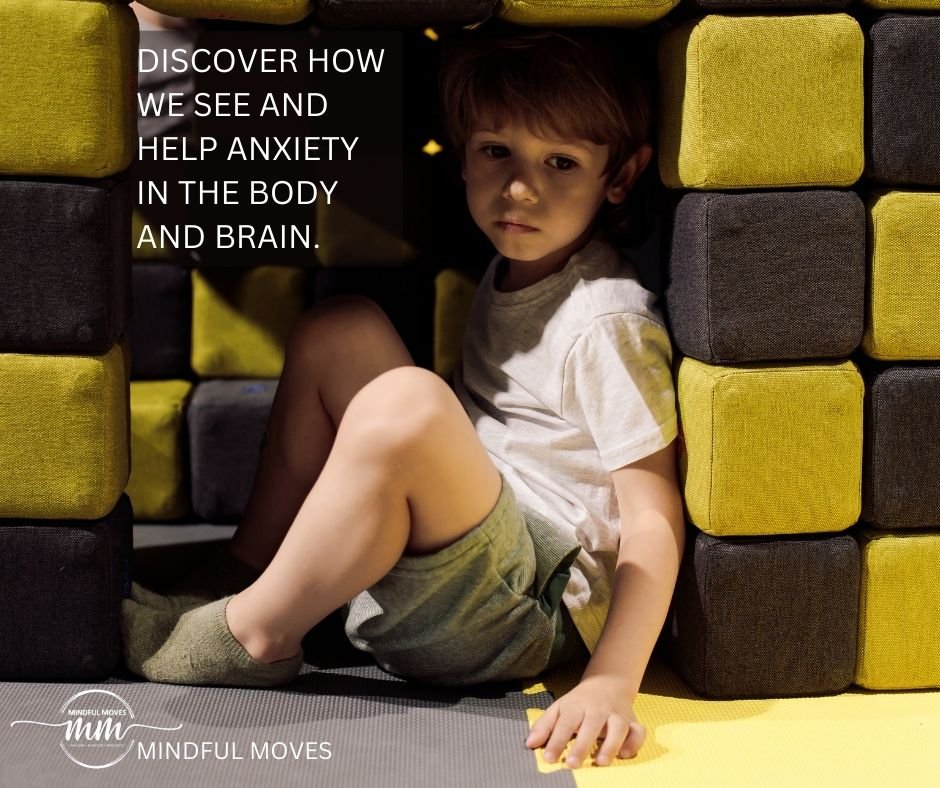
In this article, we delve into the relationship between anxiety and retained primitive reflexes, offering valuable insights. Mindful Moves presents a variety of resources, including courses, neurofeedback, movement programs, and strategies for stress relief. It’s important to note that Mindful Moves does not function as a healthcare provider, and our materials and services are not intended for diagnostic purposes. We aim to support teachers and parents, sharing valuable tools. We also offer Profile Sessions that enhance their understanding of retained primitive reflexes and the associated brain patterns or phenotypes. This article is intended solely for educational purposes. If you’re interested in learning more about our services, feel free to reach out to us directly.
Anxiety is increasingly prevalent among young children and teenagers. Notably, some of these children exhibit anxiety that appears to be associated with balance difficulties, vision problems, and proprioceptive challenges. This observation suggests a potential link between these physical issues and anxiety, indicating that the root of the problem may be more physical than psychological.
In what ways is anxiety noticeable?
Anxiety typically manifests in three key areas.
- Physically- showing up as sensations and changes in the body
- Emotionally- seeing behaviour changes and the child’s willingness to participate and cooperate
- Cognitively- noticing changes in the child’s thinking skills and academic performance
What are the physical signs that a child is battling with Anxiety?
When a child experiences anxiety, it can manifest in various physical changes within their body. This reaction is typically a result of their system entering fight or flight mode. You may observe some of the following signs in your child:
- An elevated heart rate or a racing pulse
- Quickened breathing, known as hyperventilation
- Excessive sweating
- Increased stomach acid, which can lead to feelings of nausea or weakness in the legs
What behaviours point to Anxiety?
It’s common for parents and educators to overlook the signs of anxiety in children, often attributing their behaviours to ineffective parenting or rebelliousness. Understanding that are in the fight-or-flight mode can help us identify behaviours that indicate heightened anxiety, such as a child acting out, being overly stubborn, avoiding situations, or even trying to be the class clown. It’s important to recognize that withdrawal isn’t the sole indicator of anxiety; there are various ways it can manifest in a child’s behavior.
In certain severe situations where children lack the necessary support, we might observe the following outcomes.
- Panic disorders
- Specific phobias
- Obsessive-compulsive tendencies
- Post-traumatic stress reactions
- Acute distress responses
What do we see in Anxious learners?
Anxiety can create significant barriers for students trying to engage in classroom activities. When faced with stressful circumstances, children often shift their mental focus towards survival instead of flourishing in their learning environment. This shift can hinder their capacity to absorb, remember, and articulate information, ultimately impacting their overall learning experience. As a result, children may struggle during tests or when asked to respond spontaneously, leading to outcomes that do not accurately represent their true capabilities.
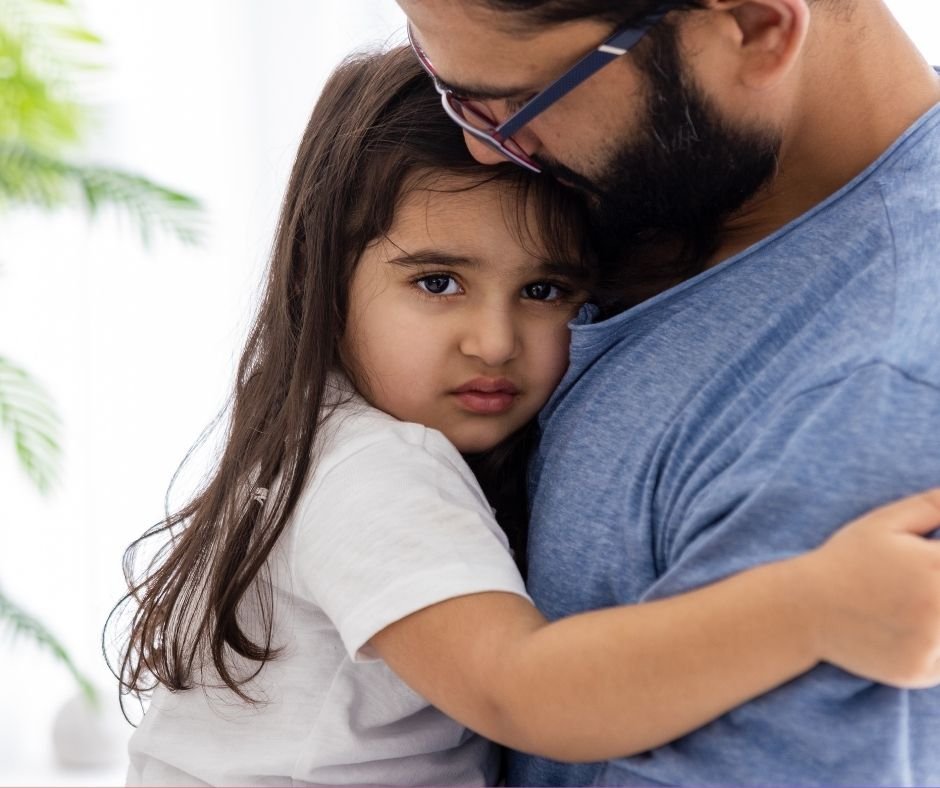
What may we see in the brain of a person who is showing signs of Anxiety?
Anxiety, much like many other challenges, isn’t a singular entity in the brain. To truly understand the specific brain patterns that may be influencing your anxiety, undergoing a neurofeedback assessment can be incredibly beneficial. This personalized approach helps uncover the unique factors at play in your mental landscape.
Anxiety in the brain can stem from:
- More of the slower brain waves known as theta
- Too much of the faster brain waves known as beta
- More activity in the front, middle of the brain in comparison to the sites on the site
- Imbalances of certain brain waves in the left and right hemispheres
- We may see high brain activity at the temporal sites to name a few patterns
How does not having enough medium brain waves link with Anxiety?
Often, anxiety stems from a fear of uncertainty, causing us to lose touch with the present as we obsessively prepare for scenarios that are unlikely to unfold as we envision. Alpha and low beta waves represent our medium brain activity, providing a calming influence on the body. These brain waves enhance our ability to tune into environmental sensations, allowing us to react in a more fitting manner.
Alpha plays a crucial role in grounding us in the present moment. When we have an adequate amount of it, we often notice that anxious restlessness transforms into a state of focused tranquility. But Alpha does even more than that; it acts as a filter for overwhelming sensory input, allowing only the essential information to reach other parts of our brains for processing. This is why individuals who experience anxiety can find themselves particularly bothered by seemingly minor distractions, like the incessant clicking of a pen that they struggle to ignore.
How does Anxiety relate to balance and grounding?
A variety of factors can influence a child’s experience of anxiety and their anxious behaviours. One crucial aspect is the maturation of their vestibular system, which plays a key role in maintaining balance. This system helps children gauge their position in space, ensuring that their heads remain upright and oriented forward. Imagine the discomfort and anxiety that can arise when you feel unsteady or dizzy; children without a well-functioning vestibular system may struggle to find their balance. This can lead to falls and an inability to adjust their bodies in response to gravity. Over time, they might develop a lack of trust in their physical abilities, which can hinder their confidence and willingness to explore independence.
Another crucial system that plays a significant role in our daily movements is proprioception. This remarkable ability informs the brain about our position in space through specialized receptors located in our joints. Proprioception collaborates seamlessly with the vestibular system, helping us interpret our body’s sensations as we navigate our environment. It enables us to feel grounded and secure, fostering a sense of relaxation and connection with our physical selves.
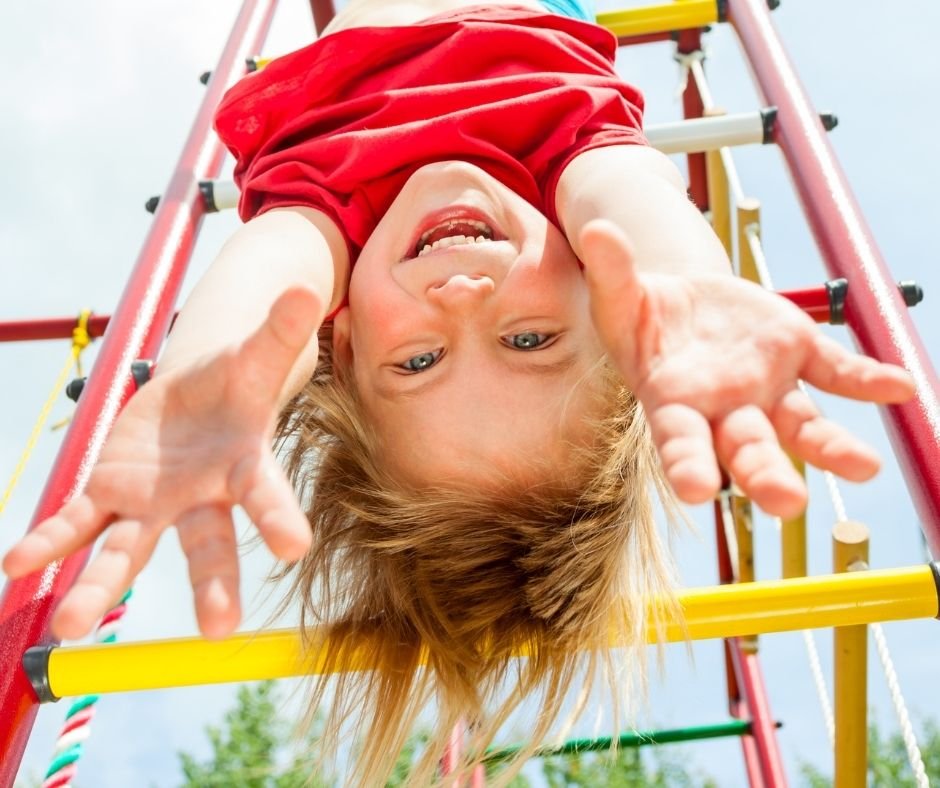
Proprioception in the brain.
In the realm of neurofeedback, one area of focus is the parietal lobes. These regions of the brain play a crucial role in proprioception, which is our ability to sense the position and movement of our body. They are essential for receiving and processing sensory information, making them vital for our overall awareness and interaction with the environment.
Which primitive reflexes may be contributing to Anxiety?
Let us take a look at what is referred to as the ‘vestibular reflexes’. These include:
- The Fear Paralysis Reflex
- The Moro
- The Symmetrical Tonic Neck Reflex
- The Tonic Labyrinthine Reflex
The TLR (Tonic Labyrinthine Reflex)
It’s common for individuals familiar with primitive reflexes to believe that any training program should kick off with the integration of the Fear Paralysis Reflex and the Moro Reflex, as these are the first to develop during pregnancy. However, diving into these reflexes right away can be overwhelming and may evoke anxiety in some participants. For this reason, practitioners of Rhythmic Movement Training International are advised to begin with the Tonic Labyrinthine Reflex instead, providing a gentler introduction to the process.
The Tonic Labyrinthine Reflex (TLR) plays a crucial role in a child’s capacity to maintain an upright posture. Many children exhibiting this reflex may struggle with low muscle tone or experience tension in their legs and backs. Considering the impact of balance on our anxiety levels, it’s clear why addressing the TLR is essential in early developmental interventions.
The STNR (Symmetrical Tonic Neck Reflex)
The STNR, much like the TLR, plays a crucial role in maintaining balance. It’s important to assess whether this reflex is present in children. Ideally, the TLR and STNR should work together as core strength improves. Children exhibiting the STNR may often adopt ‘w’ sitting positions, wrap their legs around furniture, or prefer to keep their feet elevated on the couch. Additionally, the STNR, along with other back reflexes, contributes to enhancing the connection between the body and mind, similar to the benefits of SMR training in neurofeedback.
The FPR (Fear Paralysis Reflex)
The ‘freeze’ response to stress can lead individuals to hold their breath and become immobile. It’s fascinating to observe the strategies employed during the COVID pandemic, which impacted our breathing through mask-wearing, restricted our movement, and curtailed play and exercise, all while bombarding us with fear-inducing messages. This approach stands in stark contrast to what we would typically advocate for in order to help individuals integrate the FPR. Many Movement Facilitators are now questioning whether the rising anxiety levels in people might be a sign that this previously integrated reflex has resurfaced.
The primary function of the fear paralysis reflex is to ensure survival. In the initial phases of life, a vulnerable child often resorts to playing dead. When this reflex is activated, the individual experiences an overwhelming sense of imminent danger.
The Moro
The FPR is designed to evolve into a Moro reflex, ultimately leading to what is recognized as the “Adult Startle” response. When this instinctual survival mechanism is activated, individuals often find themselves in a fight-or-flight state. This can manifest in children as intense reactions, where they might either lash out due to a profound instinct to defend themselves or choose to flee, retreating and withdrawing from the situation.
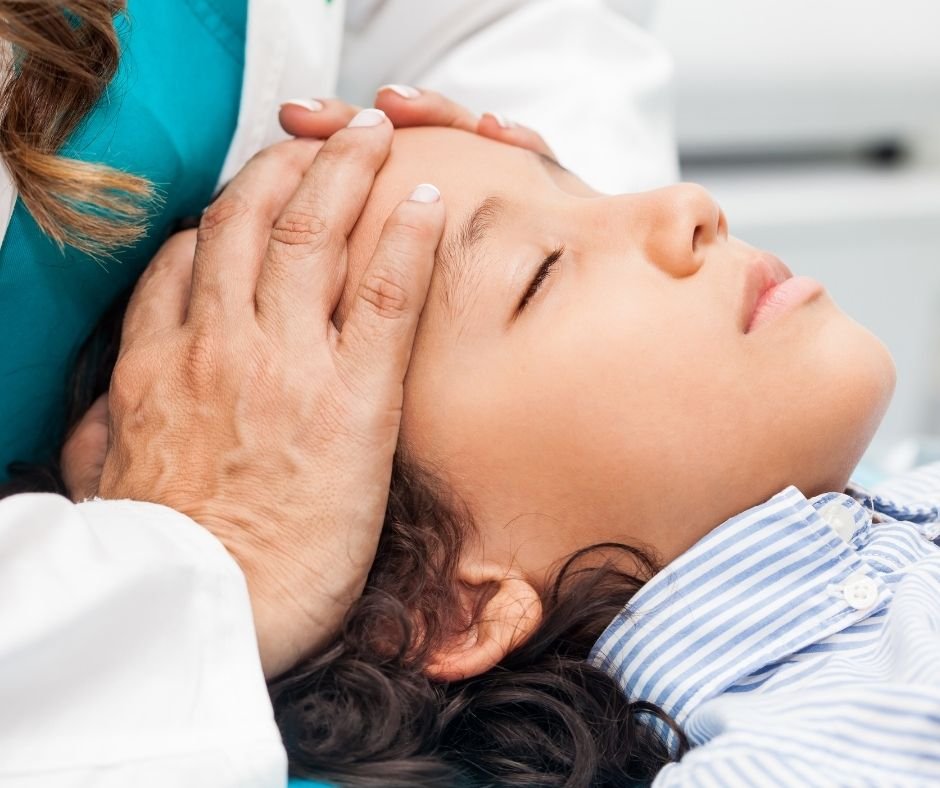
Stress Releasing Sessions
Mindful Moves provides an innovative array of resources designed to alleviate stress in our clients. In addition to these tools, we conduct sessions that encourage participants to question their thoughts and beliefs, utilizing the body as a means to achieve equilibrium. By focusing on bodily movement, our sessions allow clients to explore their challenges without the pressure of verbalizing every concern. This approach empowers clients to take control of their own healing journey.
Reach out to us if you’re interested in learning more about these primitive reflexes, brain patterns or stress release session please feel free to contact us.
